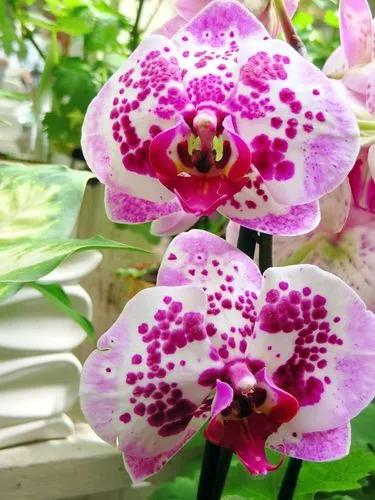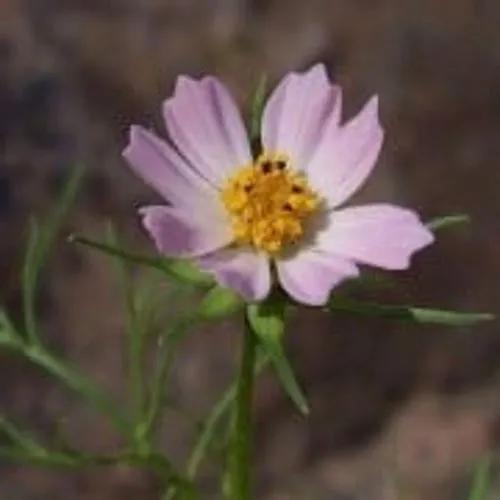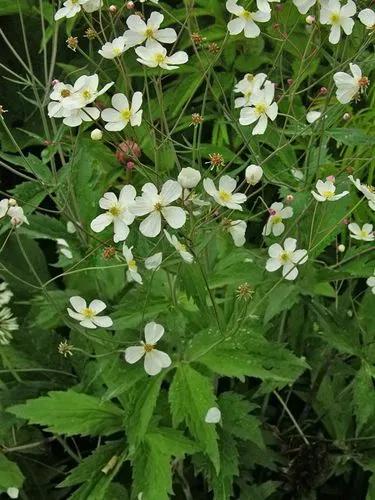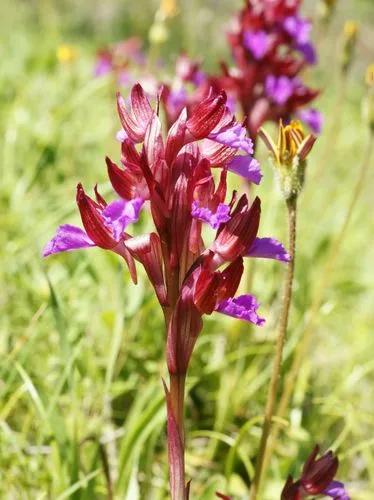Fatsia japonica is commonly cultivated as an ornamental plant. If you want this leafy green beauty to adorn your home, read about its preferences in this comprehensive guide.
Japanese aralia Care
Fatsia japonica



Fatsia japonica, better known as Japanese Aralia, is a blooming plant in the Araliaceae family. It originally comes from southern Japan and southern Korea.
How to Care for the Plant

Water

During intensive growth, the bush is watered immediately after the top layer of the substrate dries (once a day). If it is cold, watering should be reduced to a minimum. However, don’t allow the soil to dry out completely! The plant tolerates drought and water stagnation equally poorly, so it’s recommended to keep a close eye on your green friend.

Pruning

Indoor Fatsia tolerates pruning perfectly. To make the bush appear thicker while the flower is young, pinch the upper parts of the stems. Your best bet is to prune Japanese aralia in spring.

Fertilizer

Feeding Japanese aralia in the growing season about once a week (or two) with mineral and organic fertilizers is essential to keep your green pet happy. For the best effect, use a balanced and diluted nourishing medium.

Sunlight

Best of all, Fatsia japonica will feel on the windowsills of the east-facing windows. These beauties enjoy a slightly shaded area with diffused light.

Soil

Japanese aralia enjoys acidic, well-drained soil. To prepare the best potting mix, you will need one part of the leaf, sod, humus soil, sand, and peat.

Propagation

You can propagate this plant both by seed and vegetatively. It usually does not take long to grow, as long as you expose it to proper conditions.

Temperature

This beautiful plant is native to warmer climates, so make sure not to make it freeze! If possible, keep it away from cold drafts. In the spring-autumn period, the air temperature should be from 63 to 70°F (17 to 21°C), and in winter from 54 to 59°F (13 to 15°C).

Container

For a young Fatsia flower, the pot should be deep but not very wide. Make sure the vessel has proper drainage. You can also drill the drainage holes yourself.

Fun fact

This pretty plant is often used to decorate walls, pillars, and shop windows.

Popularity

14,459 people already have this plant 1,635 people have added this plant to their wishlists
Discover more plants with the list below
Popular articles






